GLP-1 Misconceptions: What the World Gets Wrong

GLP-1 medications like Ozempic, Wegovy, and Mounjaro have become the “it” solution to weight loss and metabolic health for about 13% of the American population. But along with this rapid rise in popularity, a surge of myths and misunderstandings has damaged GLP1's reputation for doing good.
GLP1 therapies have skin in the cosmetic procedure game, and many Bliss clients have turned to Ozempic or the like to shed stubborn pounds. That’s why it’s so important to unpack the common misconceptions around these medications with evidence-based insights and explore how they can complement procedures like liposuction.
Myth 1: GLP-1 therapies guarantee weight loss for everyone
Reality: While GLP-1 therapies are effective for many, they’re not a cure-all. Responses vary based on factors like genetics, lifestyle, and adherence to treatment plans. Some clients really do experience significant weight loss, while others tend to see more modest results. Several studies are available on the effect of GLP-1s for weight loss, with one of the most reputable studies determining that people with or without type 2 diabetes can lose 5–10% of their body weight if they are overweight or obese.
But one of the reasons we’re not as exposed to these results as often as we should be is because clients are stopping their GLP-1 therapy before the 12-week mark; it’s recommended to stay with the treatment long enough to achieve this 5-10% drop in weight. Regardless, you need to consult your surgeon or the physician on the treatment plan that’s best for you, and when following their guidelines, you should be able to reach your goal weight healthily at the right time.
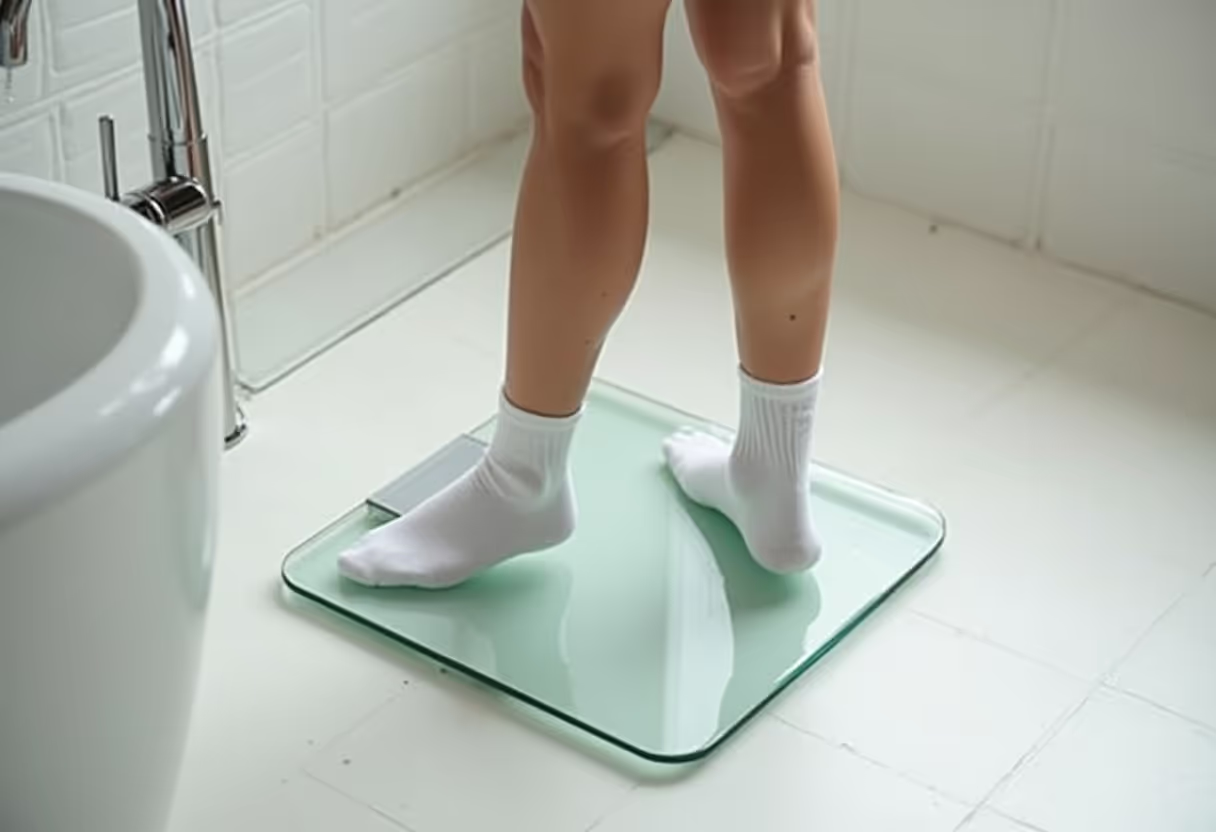
Myth 2: GLP-1 therapies are only for people with diabetes
Reality: Originally developed for type 2 diabetes management, GLP-1 medications copy the effects of a natural hormone, called glucagon-like peptide 1, that helps manage blood sugar. After you eat, the GLP-1 signals your body to release more insulin, which brings your blood sugar back down. Today, these medications have been FDA-approved for clients without diabetes since they support weight loss in four key ways:
- Boosting insulin: They help your body release insulin only when blood sugar is high, lowering the risk of low blood sugar.
- Blocking sugar-raising hormones: They reduce glucagon, a hormone that normally raises blood sugar.
- Slowing digestion: They delay how quickly food leaves your stomach, helping prevent blood sugar spikes after meals.
- Curbing appetite: They signal your brain to feel full, making it easier to eat less.
While these therapies work on their own to support weight loss and blood sugar control, lifestyle changes can enhance results.
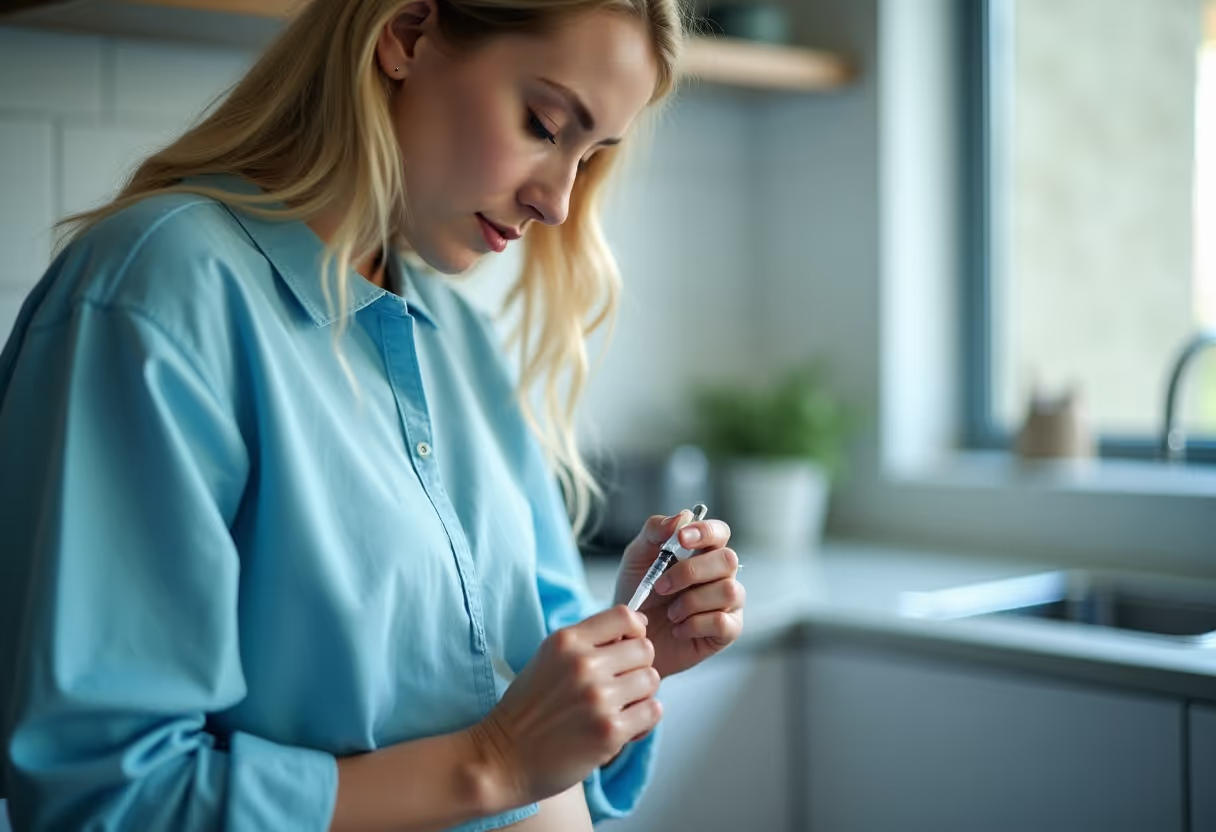
Myth 3: Lifestyle changes aren’t necessary when taking GLP-1 therapies
Reality: GLP-1 therapies aren’t magic—they need to be combined with healthy lifestyle habits. Diet and exercise remain crucial components of a successful weight loss journey. Without these, the effectiveness of the medication won’t be as obvious, and you won’t see the results you’re hoping for.
When it comes to diet, it’s best to avoid sugary foods and beverages, refined carbohydrates, and anything high in fat. These foods can spike your blood sugar level, making the GLP-1 less impactful for weight loss. As for exercise? We're big fans of movement for joy. Find a physical activity that feels good—whether it be strength training, a team sport, long-distance running, swimming, or yoga. The goal is to reclaim confidence, too, and participating in enjoyable exercise improves the effects of the GLP-1 therapies while releasing endorphins.

Myth 4: GLP-1 therapies and liposuction serve the same purpose
Reality: GLP-1 therapies and liposuction serve different purposes and can complement each other. Like we said, GLP-1s promote overall fat loss by suppressing appetite and slowing gastric emptying, leading to reduced calorie intake. But, they’re not for targeted fat removal. Liposuction, on the other hand, is a cosmetic procedure that removes fat from specific areas and contours the body.
For clients who have a BMI over 30, it’s recommended to take a GLP-1 before considering any cosmetic procedure, let alone liposuction. A high BMI places you at increased risk for blood clots and infections. Taking a GLP-1, for about 6-12 months before undergoing liposuction, can help clients reach a stable, healthy weight that can be maintained long after a procedure and recovery.
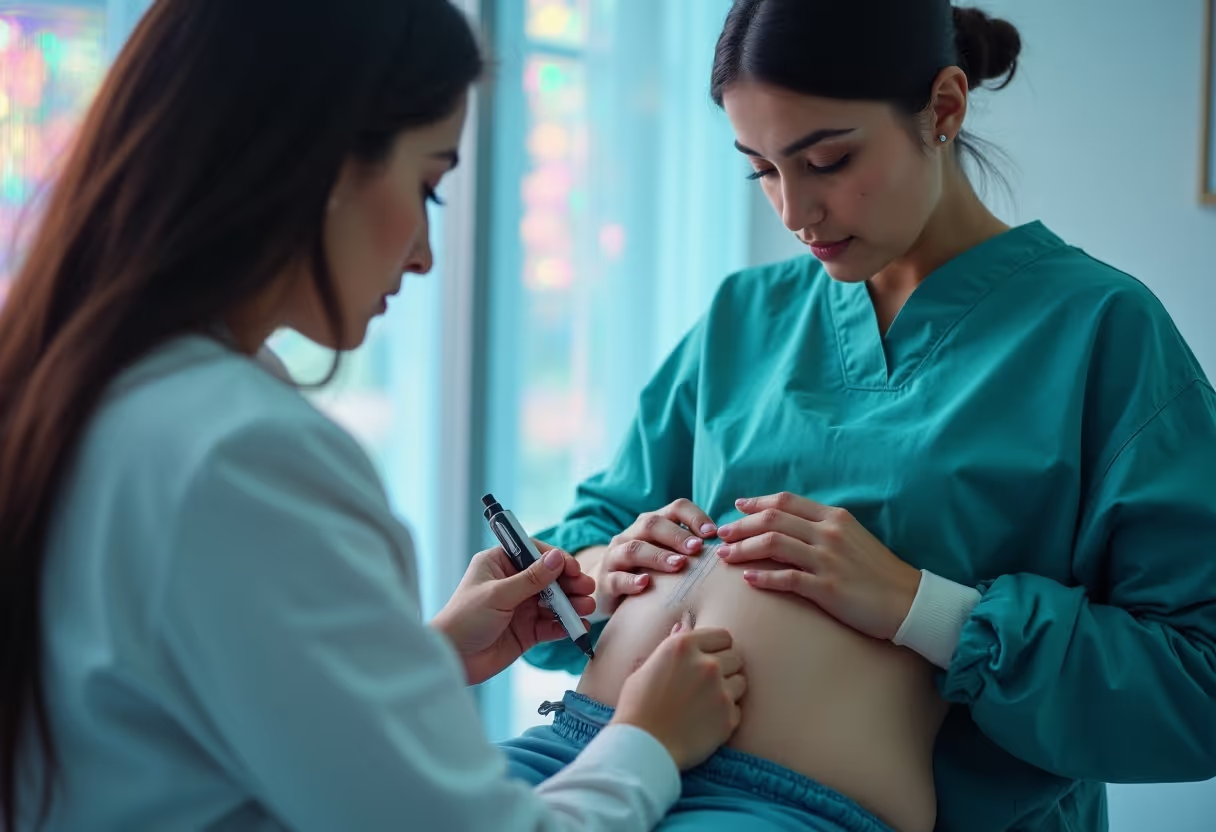
Myth 5: GLP-1 therapies have severe side effects
Reality: GLP-1 medications are usually well-tolerated by most, even with the rare yet common side effects of nausea, vomiting, headaches, constipation, dizziness, or diarrhea. Each typically resolves as the body adjusts to the medication in the first month.
You can follow several tried-and-true methods to mitigate GLP-1 side effects:
- Start with a low dose and increase slowly to ease nausea.
- Stick to light, fiber-rich meals and stay hydrated to prevent constipation and headaches.
- Eat smaller, slower meals and avoid greasy, spicy foods and artificial sweeteners.
- Ginger or peppermint may help settle your stomach (check with your provider first).
- Stay active, get good sleep, and manage stress to boost your overall comfort.
“Ozempic face” is a hot topic in the GLP-1 conversation. Referring to loose skin, wrinkles, sunken eyes, and sagging jowls around the face, this side effect is not exclusive to GLP-1 weight loss. Losing weight at any pace other than gradual can bring about “Ozempic face,” and the trick is to maintain a slow speed when shedding the pounds.
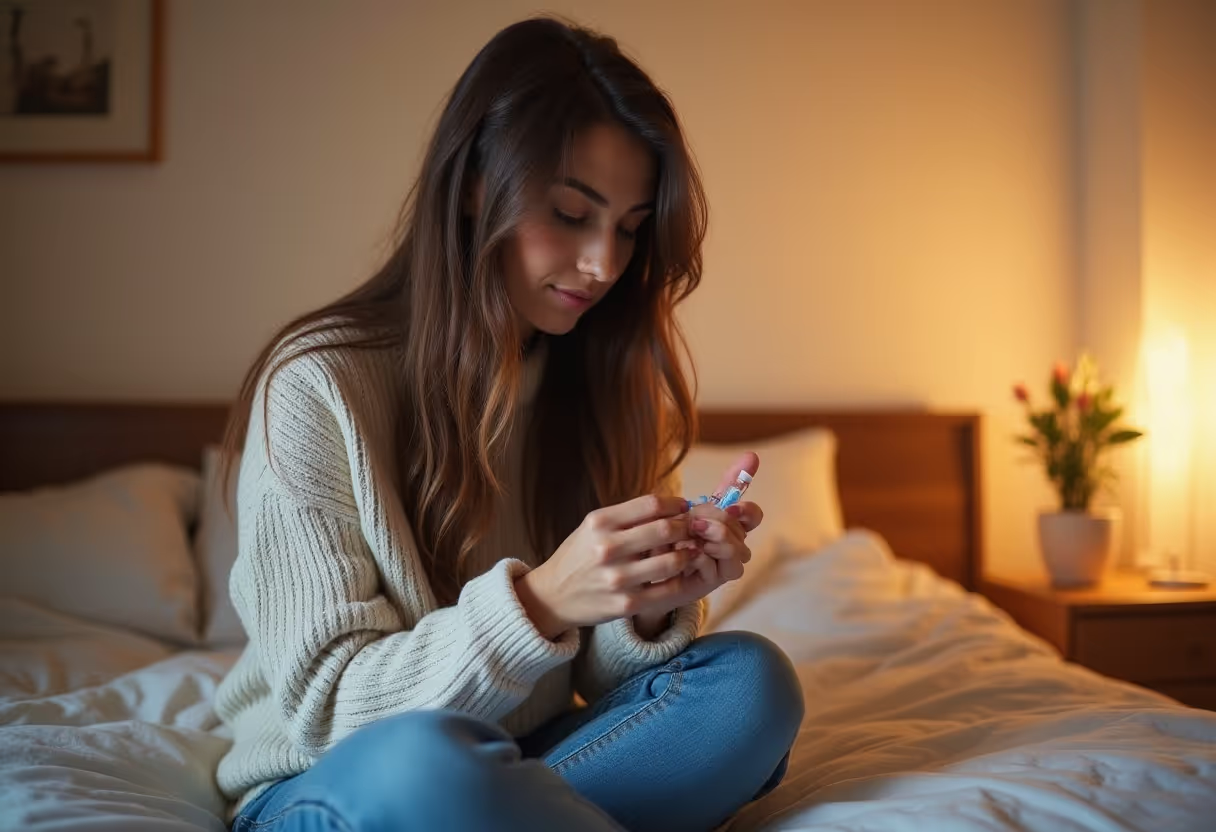
*If you’re taking a GLP-1 and experience any of the following, please contact your physician immediately: severe vomiting and diarrhea, pain or tenderness in your stomach, inability to pass gas or move your bowels, or jaundice (yellow skin color).
Integrating GLP-1 therapies with cosmetic procedures
For clients considering body contouring procedures like liposuction, GLP-1 therapies can be a valuable tool in achieving and sustaining their sculpted, dream silhouette. More importantly, the health benefits of a GLP-1 (reducing BMI and lowering blood sugar) can prevent complications from occurring during a cosmetic procedure. Post-procedure, GLP-1s can assist in preventing the accumulation of new fat deposits.
At Bliss, we speak with countless clients who have reached massive weight loss milestones and want to address the loose skin that comes with their achievement. It’s only natural that skin loses its elasticity over time but skin that sags after weight loss can be a real nuisance; it irritates and can lead to hygiene issues. Luckily, there are several types of procedures available that lift, excise, and tighten the skin after rapid weight loss. They include tummy tucks, arm and thigh lifts, and facelifts.
Feeling better starts here
GLP-1 therapies offer a promising avenue for weight loss and metabolic health. Understanding their role, benefits, and limitations is crucial for making informed decisions. When combined with healthy lifestyle habits and cosmetic procedures like liposuction, GLP-1s can be powerful tools in attaining your health and aesthetic vision.
Recently met your weight loss goal? Want to get rid of sagging skin to celebrate your win? Open your Bliss profile to share your vision and find out what's possible.
Always consult with a healthcare professional before starting any new medication or treatment plan.
FEATURE OF THE WEEK
Subscribe for cosmetic insights.
Get the latest in aesthetic innovation, support, and self-love straight to your inbox.



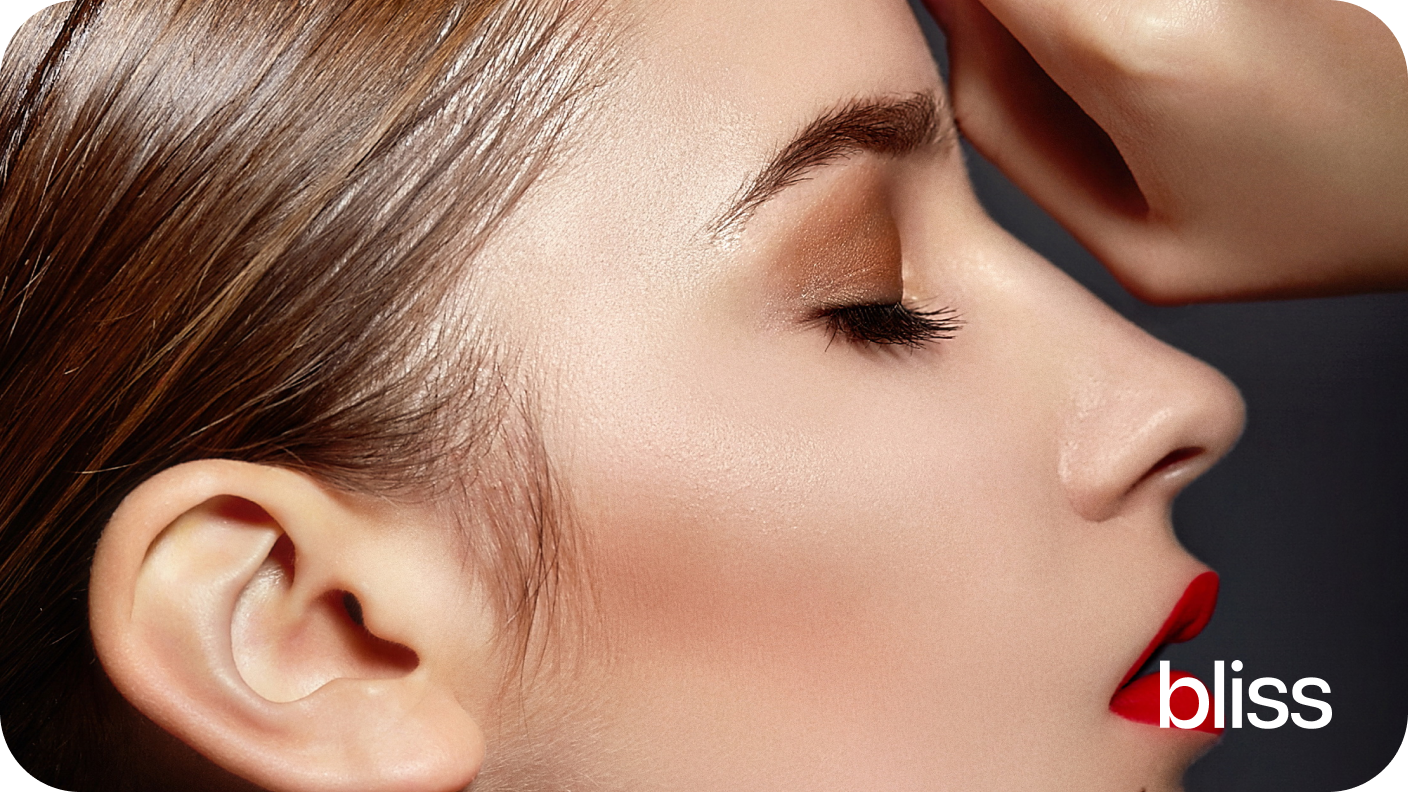








Lorem ipsum dolor sit amet, consectetur adipiscing elit. Suspendisse varius enim in eros elementum tristique. Duis cursus, mi quis viverra ornare, eros dolor interdum nulla, ut commodo diam libero vitae erat. Aenean faucibus nibh et justo cursus id rutrum lorem imperdiet. Nunc ut sem vitae risus tristique posuere. uis cursus, mi quis viverra ornare, eros dolor interdum nulla, ut commodo diam libero vitae erat. Aenean faucibus nibh et justo cursus id rutrum lorem imperdiet. Nunc ut sem vitae risus tristique posuere.
DeleteLorem ipsum dolor sit amet, consectetur adipiscing elit. Suspendisse varius enim in eros elementum tristique. Duis cursus, mi quis viverra ornare, eros dolor interdum nulla, ut commodo diam libero vitae erat. Aenean faucibus nibh et justo cursus id rutrum lorem imperdiet. Nunc ut sem vitae risus tristique posuere. uis cursus, mi quis viverra ornare, eros dolor interdum nulla, ut commodo diam libero vitae erat. Aenean faucibus nibh et justo cursus id rutrum lorem imperdiet. Nunc ut sem vitae risus tristique posuere.
Delete